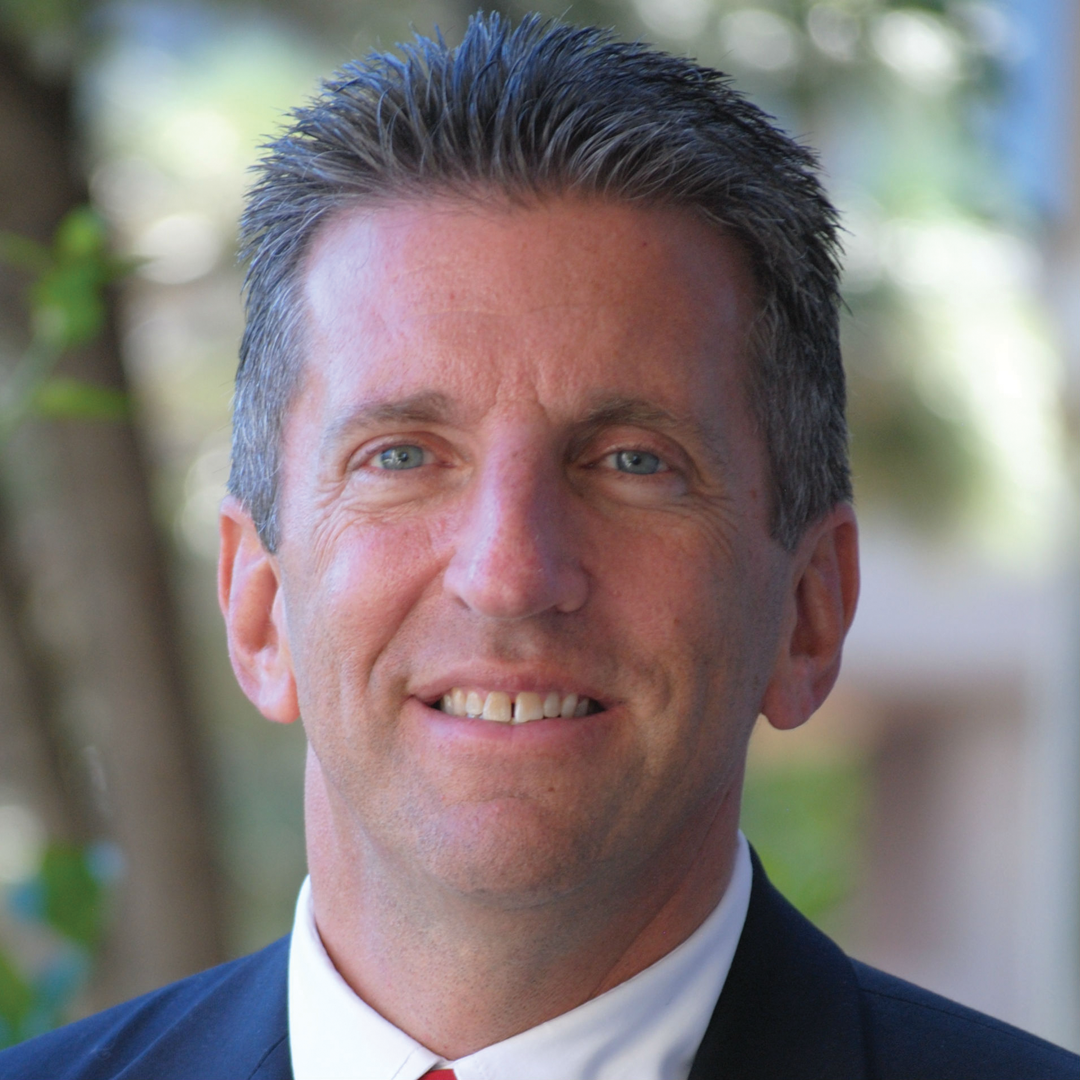Wolk presents state of health for Colorado

ALAMOSA — "I see my role and our role to be supportive, enabling, and facilitating the 53 local public health agencies that we have around the state," said Dr. Larry Wolk, the executive director and chief medical officer of the Colorado Department of Public Health and Environment on Wednesday. Wolk gave a presentation about the state of public health during the Colorado Board of Health's visit to Alamosa.
The main purpose of the trip was so that the board and CDPHE could discuss issues that local public health officials see in the Valley. Before diving into an open forum Wolk told the audience what CDPHE has done recently.
Wolk focused on summarizing Colorado's "winnable battles" and giving a status report on them. The Center for Disease Control launched the "winnable battles" initiative in 2010 so that public health officials can prioritize and strategize best practices to solve issues such as obesity and teen pregnancy.
He stated that a few of the battles, such as clean air, clean water, immunizations and marijuana have all been politicized. CDPHE monitors the air and emissions, specifically with how it deals with oil and gas companies.
"We're very careful to stay in our lane," Wolk said, "and if there are environmental health concerns we address those in our lane and not let people move us. We also try to make clear the difference between air pollution that's a direct irritant, such as ground level ozone that triggers asthma, versus green house gas emissions that could impact the climate."
He mentioned that just because Colorado is the leanest state doesn't mean that obesity is cured, especially childhood obesity.
"Our Hispanic, non-white population in the state has a much higher rate of obesity than our white population," he added.
Due to recent events tobacco has climbed up the priority list. The state's revenue from tobacco taxes has increased. However, that means people are buying more cigarettes since increasing the tax failed to pass in November.
"The single greatest evidence intervention is price," said Wolk, "and we have some of the most affordable tobacco products in the country. If that stays as the economy continues to grow that means that the price actually continues to lower."
One theory is that Colorado's new residents moving from other states are a more smoking population.
Though they haven't seen a large usage increase, CDPHE is trying to figure out how to get 15 percent of the state's population to stop smoking. Wolk theorizes that it may be tied to mental health issues.
That's partly why the main focus of CDPHE right now is mental health and substance abuse. The department has recently begun a pilot program with gun shops to curb suicide by firearms.
"Guns are involved in suicides eight times more often then they are in acts of violence against someone else. You don't hear that as part of the political rhetoric when people are talking about gun control."
Like other parts of the country, Colorado is experiencing a major heroin problem.
"Seventy-five percent of heroin users will say they got to heroin by way of prescriptive opiates," Wolk said, "and those come by way of prescribers that have to take responsibility. This is something we can prevent and address."
He added that the bipartisan effort to address the issue is hugely beneficial to the public health sector.
"It's a great competition by democrats and republicans to see who can make a bigger impact when it comes to addressing opiate misuse."
Wolk concluded by talking about how CDHPE is funded and what the future of the department looks like. Roughly two-thirds of their budget comes from federal agencies and less than 10 percent comes from the state's general fund. This means that any change in funding will affect them and the local departments they fund.
Of those 53 departments, 20 serve an area with a population of less than 10,000 people. Nine serve about 84 percent of the state's population. The smallest, San Juan County, serves 705 people, while Tri-County Health Department has around 1.4 million people.
"When we see things such as a change in administration and a change in philosophy, we get a little nervous."



